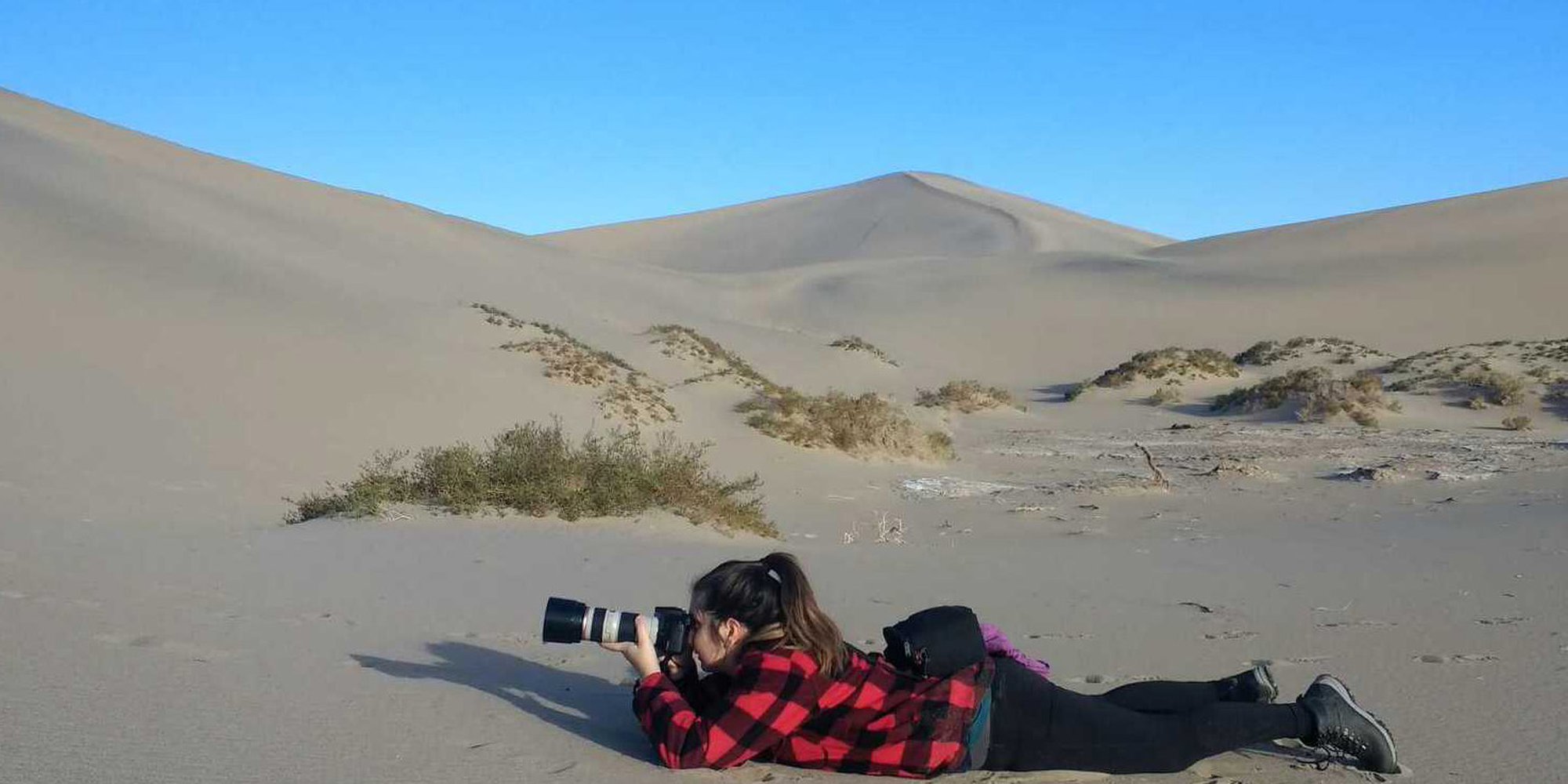The Olympics is without a doubt the most prestigious sporting event in the world. It places the most talented athletes in competition with each other and brings sports lovers from every corner of the globe to watch. The Venice Biennale acts just like the Olympics, but with an artsy twist. So it’s no secret why it’s referred to as the Olympics of the art world.
The Venice Biennale opens every two years in the city of Venice. Following a nine month programme of exhibitions, tours, performances and discussions, the Biennale proves there’s so much more to Venice than romantic gondola rides and Bellinis.
As the Venice Biennale comes to a close this year, we recap why the event is so special.
First thing’s first: what’s a biennial?
A biennial is an international exhibition held every two years to showcase new artworks. Of the -ennials, which includes triennials, quadrennials and quinquennials, the biennial is the most popular in the art world.
Different to exhibitions you’d visit in a museum, artworks are produced specifically for the event. This means that the art shown interacts with the space of the exhibition itself, and therefore creates a unique experience for visitors. For example, at this year’s Venice Biennale, Mark Bradford took over the rotunda of the United States Pavilion and created a site-specific installation titled, ‘Oracle’.
Interestingly, -ennials showcase brand new work from the world’s most prominent artists in a single exhibition. Not only does this create a unique experience for visitors and art lovers, but it encourages the artists exhibiting to challenge themselves.
And the Venice Biennale?
The Venice Biennale was initially conceived as an exhibition exclusive to Italian artists, but it quickly opened its arms to foreign artists. This year’s Biennale exhibited artworks from 85 countries, from Mauritius to Iran. It has come quite a long way since 1914, when only seven foreign countries exhibited!
The Venice Biennale is situated in the Giardini di Castello, a massive French garden which was left behind following Napoleon's attack on Venice in 1797. The garden went unused until organisers were looking for a place in the very congested city of Venice to house an international exhibition.
It’s in this garden that the main component of the Venice Biennale still resides today. The garden houses a large exhibition in its Central Pavilion, which is curated by an international guest each year.
The central Pavilion is accompanied by ‘national pavilions’ that exhibit the work of an artist representing a specific country. With a system of one pavilion per country and an ever-growing list of exhibiting countries, the Venice Biennale has extended its reach to additional locations in Venice, including the Arsenale, a site that was once a shipyard and armoury.
Why is it important?
The Venice Biennale has left a lasting impact on the artworld. So much so that biennials have started popping up across the globe, including Antarctica. Best invest in some warm clothes for that one.
The event is so important because it encourages artistic dialogue between international artists, as well as engaging with social and political issues of the time. Therefore, it’s no surprise that it’s also been the site of some of the most important moments in art history.
Italian theorist and writer, Filippo Tommaso Marinetti, famously dropped his manifesto from the clocktower in Piazza San Marco during the 1909 Biennale. This marked the beginning of the Futurist art movement and promoted the war that was to come.
In 1965, Pop artist, Robert Rauschenberg, became the first American to win the prestigious Golden Lion Grand Prize. Art historians refer to Rauschenberg’s victory as the moment the art world left Europe and moved to New York. This cultural shift, which asserts the authority of American art, is considered to be one of the most important moments in modern art.
The Venice Biennale embraces the international nature of the art world, encourages creative dialogue between artists across the globe, and exhibits new artistic styles and genres. With this in mind, we like to think of Artfinder as a mini-Biennale.
The Venice Biennale may have just come to a close until 2019, but don’t fret; take a look at Artfinder’s own international artworks before you book your Italian getaway.
Why not start with these...
Cover image via Sena Cakiroglu


